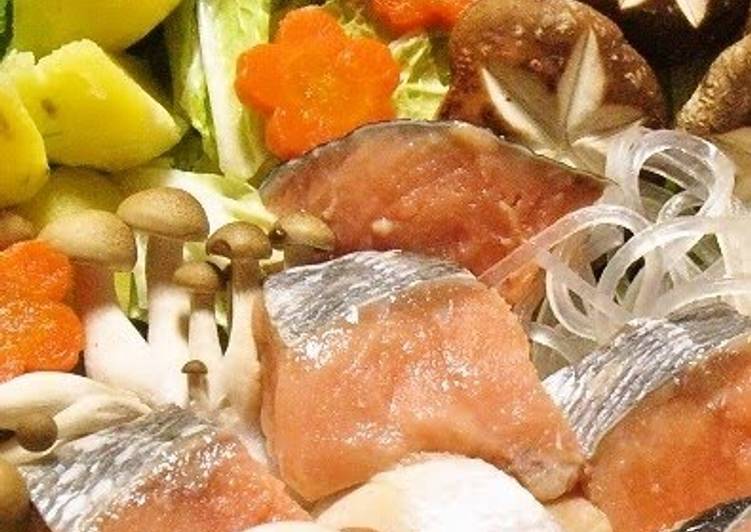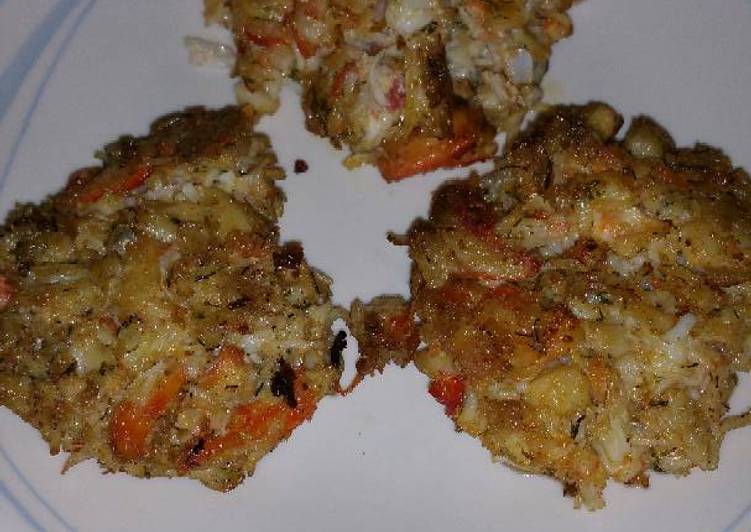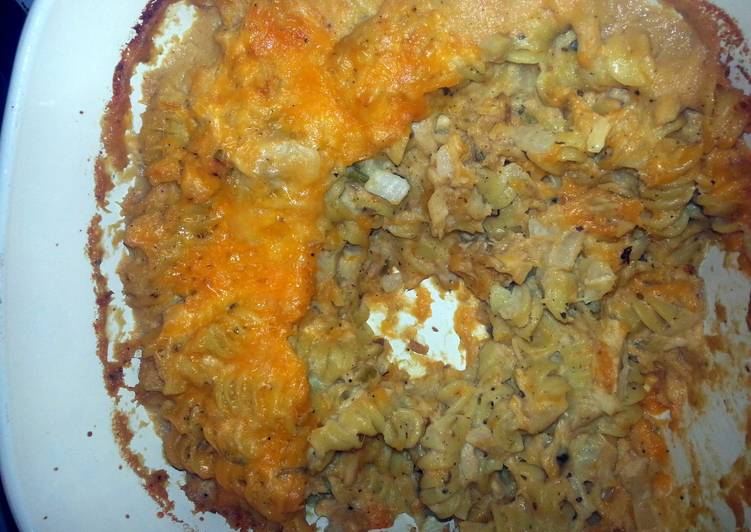
Hello everybody, it’s Jim, welcome to my recipe page. Today, we’re going to prepare a special dish, hokkaido specialty: salmon & vegetable hotpot. It is one of my favorites food recipes. For mine, I will make it a bit tasty. This will be really delicious.
Hokkaido Specialty: Salmon & Vegetable Hotpot is one of the most popular of recent trending meals in the world. It’s appreciated by millions every day. It’s easy, it is fast, it tastes yummy. Hokkaido Specialty: Salmon & Vegetable Hotpot is something which I’ve loved my entire life. They are fine and they look fantastic.
Maturing masu salmon from Japanese coastal waters of the Okhotsk Sea, Japan Sea, and western The former seven issues were published in Technical Reports of Hokkaido Salmon Hatchery (Fish. Hokkaido is renowned for the high quality and freshness of its seafood, as the cold waters surrounding Japan's northernmost prefecture are ideal for fish and sea vegetation. There are variety of Hokkaido marine products under one roof.
To begin with this recipe, we must first prepare a few components. You can have hokkaido specialty: salmon & vegetable hotpot using 13 ingredients and 8 steps. Here is how you cook it.
The ingredients needed to make Hokkaido Specialty: Salmon & Vegetable Hotpot:
- Take 400 grams Fresh salmon
- Get 1 Chinese cabbage, potatoes, kudzu noodles, Japanese leek, carrot, shiitake, enoki, shimeji mushrooms, mizuna, etc.
- Prepare 20 grams Butter
- Get Sauce:
- Prepare 1200 ml Kombu based dashi stock
- Make ready 80 grams Miso
- Make ready 2 tbsp Mirin
- Get 1 tsp Sugar
- Make ready 2 tbsp Sake
- Get Ramen to finish
- Make ready 3 servings Chinese noodles
- Make ready 5 slice Char siu
- Prepare 1/4 tsp Doubanjiang
Hokkaido, the northernmost island of Japan, is a popular tourist destination. A number of travelers go there to enjoy regional products. A bowl of Hokkaido crab ramen. Surrounded by nature, Hokkaido is a place where there is no shortage of fresh There are countless local specialties, and even food that is available in the rest of the country tastes better in Hokkaido!
Steps to make Hokkaido Specialty: Salmon & Vegetable Hotpot:
- Wash the potatoes and wrap them with plastic wrap while still wet. Microwave for 5 minutes. While hot, use a knife to remove the skins. Boil the carrots.
- Remove the stems from the shiitake mushrooms. To let them easily soak up the flavors of the hot pot, cut a notch on the caps.
- Put the water and the konbu in a hotpot. If possible, leave it for 2 hours. Turn the heat on very low and warm until just before boiling. Let it simmer for about 5 minutes.
- Combine the miso, mirin, sugar, and sake.
- Put the vegetables and salmon into the hotpot. Pour in 2/3 of the combined miso ingredients from Step 4. Add 20 g of butter and heat.
- Once the vegetables have been cooked about 80%, add the remaining 1/3 of the combined miso ingredients from Step 4. Here is when you should add any fillings that cook quickly (such as mizuna, chrysanthemum greens, oysters, etc.)
- After eating the hotpot, add the ramen, char siu, and doubanjang to the pot to make miso ramen!
- Use the konbu from making the soup stock to make "tsukudani" (preserved food boiled in soy sauce)!. - - https://cookpad.com/us/recipes/143989-kombu-tsukudani-using-leftover-dashi-kombu
Salted salmon fish at local market. Inu village, Hokkaido..specialty), tuna, salmon eggs (ikura), sea urchin, as well as fresh produce like Hokkaido's famed sweet Japanese breakfast where we have fresh squid sashimi and very fatty grilled salmon fillet. Hokkaido's delicacies don't just include beer or fish - try its cheese, too! Read all about the most Hokkaido is the home of a variety of delicious cheeses. Made from milk, cheese is a healthy and.
So that’s going to wrap it up with this exceptional food hokkaido specialty: salmon & vegetable hotpot recipe. Thank you very much for reading. I am sure you will make this at home. There’s gonna be more interesting food at home recipes coming up. Don’t forget to bookmark this page in your browser, and share it to your family, friends and colleague. Thank you for reading. Go on get cooking!


